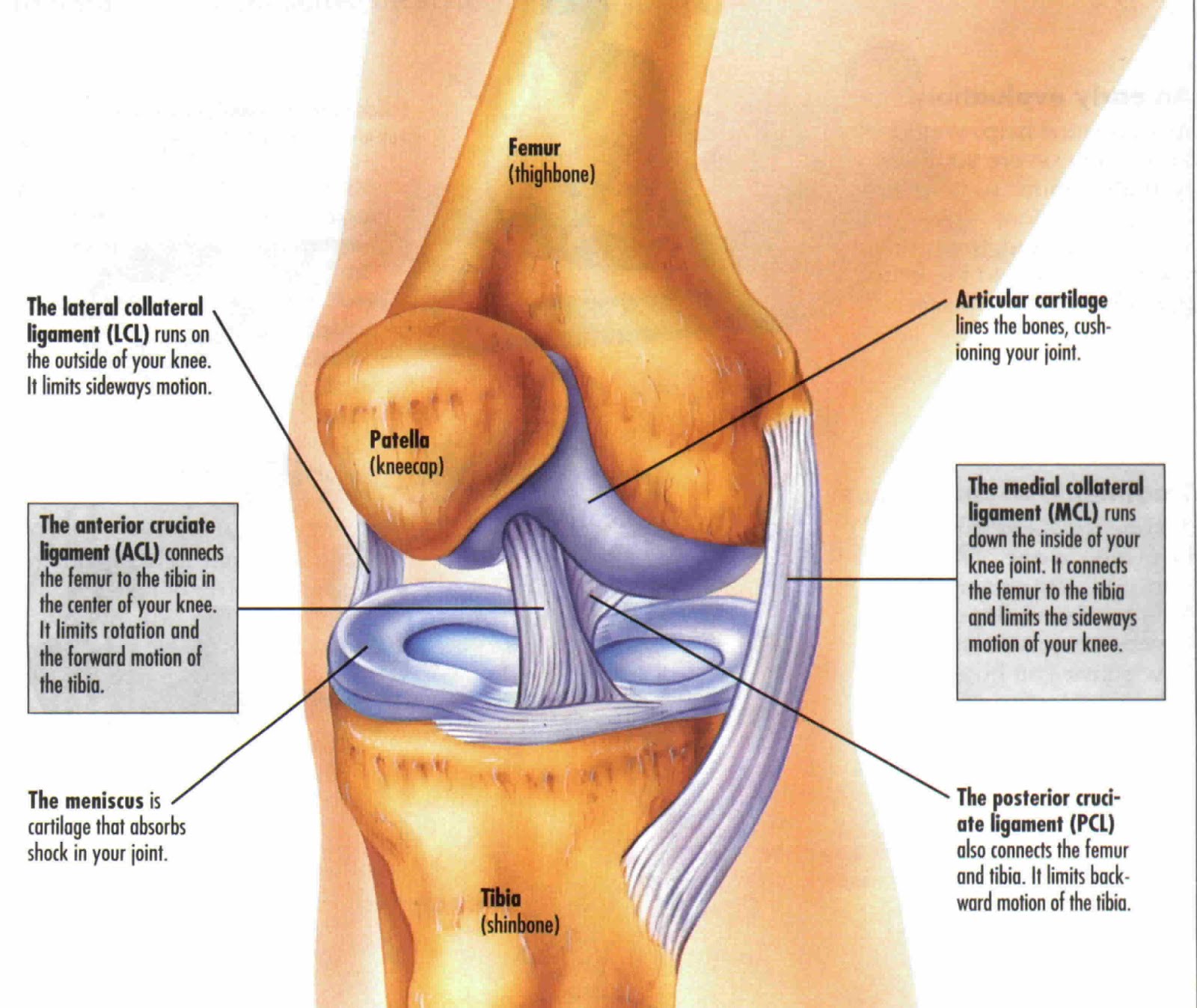Knees and ankles commonly make cracking sounds as the ligaments surrounding them tighten as the knee and ankle joints move

Knees and Ankles: The Mystery Behind Cracking Sounds

Have you ever wondered why your knees and ankles make those cracking sounds every time you move them? It’s a common phenomenon that often leaves us curious about its cause. Well, the answer lies in the ligaments surrounding these joints and their intricate relationship with movement.
When we flex or extend our knees and ankles, the ligaments that support these joints tighten. This action is perfectly normal and essential for maintaining stability and preventing injuries. As the ligaments tighten, they sometimes create a sharp cracking or popping sound. But what exactly causes this noise?
The cracking sound is primarily attributed to a process called cavitation. Cavitation occurs when the pressure within the joint capsule decreases suddenly, causing tiny gas bubbles to form in the synovial fluid surrounding the joint. When these gas bubbles rapidly collapse, they produce a “popping” sound that we perceive as cracking.

It’s important to note that the cracking sound itself is not necessarily an indication of a problem. In most cases, occasional cracking noises are harmless and do not require medical attention. However, if you experience pain, swelling, or a limited range of motion in your knees or ankles, it is advisable to consult a healthcare professional for further evaluation.
Several factors can contribute to the cracking sounds in your knees and ankles. One of the main factors is age. As we grow older, the cartilage that cushions our joints tends to degenerate, resulting in a higher likelihood of cracking sounds. Other factors, such as obesity, overuse of the joints, or previous injuries, may also play a role in the occurrence of these sounds.
In some cases, cracking sounds can be accompanied by sensations of grinding or popping. While these additional symptoms can be disconcerting, they are often harmless and caused by natural variations in the joint structure. However, if such symptoms are accompanied by pain or joint instability, it is vital to seek medical advice.
To maintain healthy knees and ankles, it’s important to engage in regular physical activity and exercises that strengthen the supporting muscles and ligaments. Additionally, maintaining a healthy weight can help reduce the strain on these joints, minimizing the risk of injuries and uncomfortable cracking sounds.
In conclusion, the cracking sounds often heard in knees and ankles are a result of the ligaments surrounding these joints tightening as they move. This phenomenon, known as cavitation, occurs when gas bubbles form and collapse within the synovial fluid, creating the distinctive cracking sound. While these cracking sounds are usually harmless, any accompanying pain or limited motion should be examined by a healthcare professional. By understanding the causes and taking appropriate measures to maintain joint health, we can continue to enjoy pain-free movement.
Tags
Share
Related Posts
Quick Links
Legal Stuff

